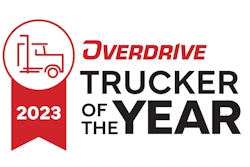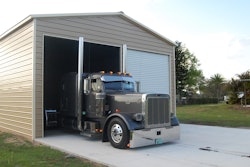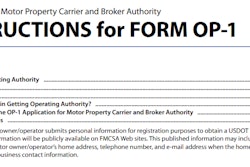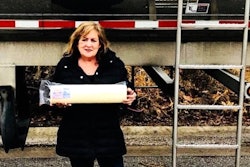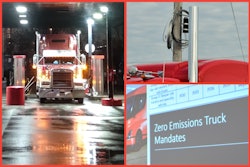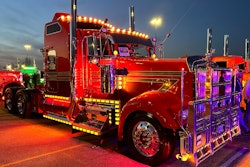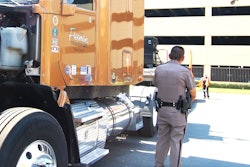Reading recent news updates, I was reminded of times in my life when major events transformed the ways we live and work. The train wreck in East Palestine, Ohio, is a very big deal. And we should all be concerned for our community’s health and safety. I grew up when the public was easily kept in the dark -- we had no Internet, of course, and less freedom of information. The only news received came through the AM radio, a local newspaper or, if you had a TV, the nightly news broadcast.
The initial reaction to the Ohio train wreck has the character of response to what I'll call a fast failure. Nearly every day there is additional information being reported regarding that huge black cloud of who-knows-what chemicals being burned -- those that hadn’t leaked away already. And there will likely continue to be reports of why the companies and people in charge have decided to respond as they have. With the financial losses and liability heaped upon the rail company, damage control is in overdrive, an attempt at defense and limiting financial repercussions.
Will government agencies tasked with the responsibility of oversight gain traction for future mandates aimed at improving safety with new equipment and technology (some of which we are learning had been proposed years ago)?
If there's any good to come out of these kinds of events, it's the opportunity to assess and change -- implement new procedures, clearer checks and balances through communication, better use of available technologies and of safety equipment. There are real opportunities to usher in improvements at the company level aimed at preventing an accident like this from happening again.
Yes, these are disruptions to how systems have evolved, but rather than going automatically negative, embrace the idea that, historically, disruptions are powerful forces for innovation and improvement, teeing up opportunities to solve problems. That’s the case even for individual actors who might be less than willing to accept the risk, and rewards, of change.
And consider how managing prevention over time can lull us into a mind-set of complacency. Investing in prevention can be a difficult cost to justify -- it’s only natural in the long absence of a crash or other incident to begin believing risk no longer exists. And when that happens, a systematic chain of slow failures gets more likely, with potential to reverse all you thought had been prevented. That’s when the train leaves the tracks.

